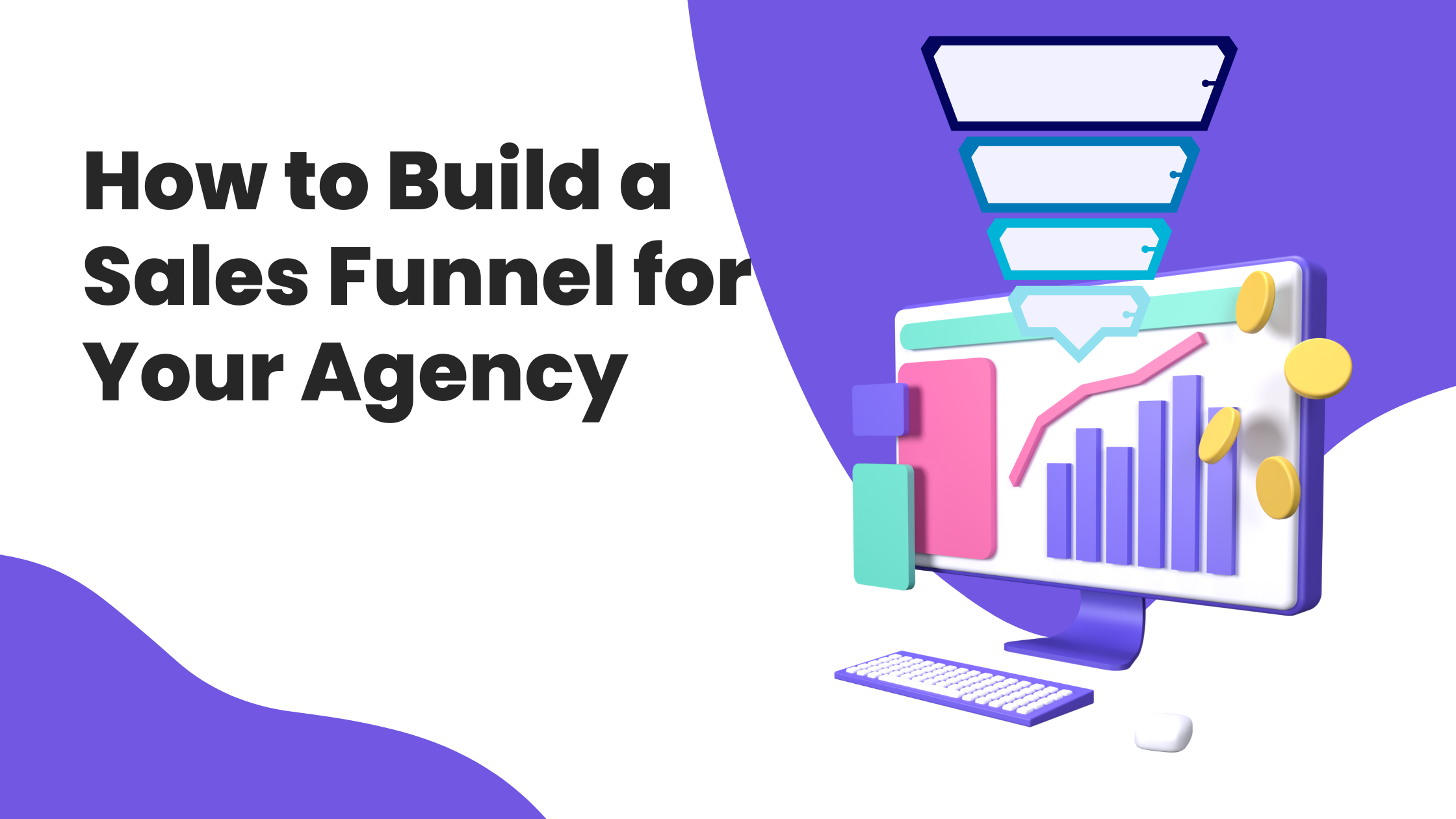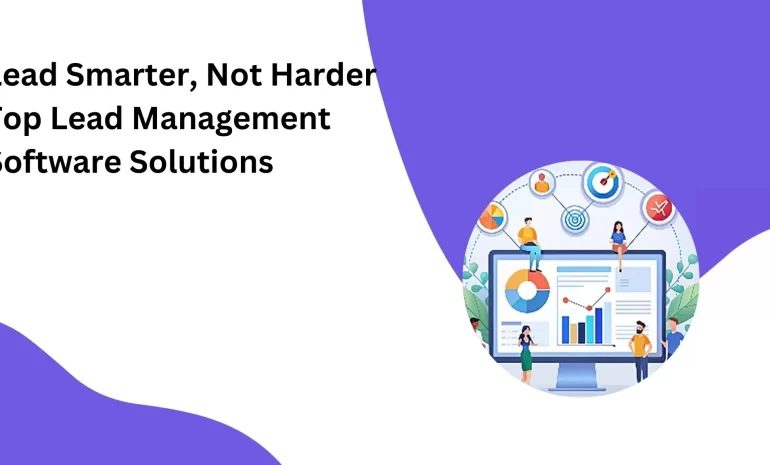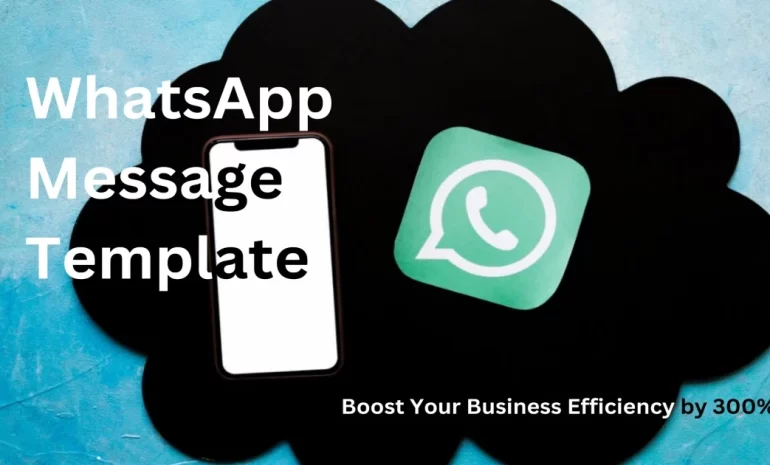Every stage of the sales funnel has an impact on how customers behave. Understanding each level allows you to put strategies in place to increase the number of people who move from one step to the next. Creating a well-defined and managed sales funnel can have tremendous impacts on your business.
What Is a Sales Funnel?
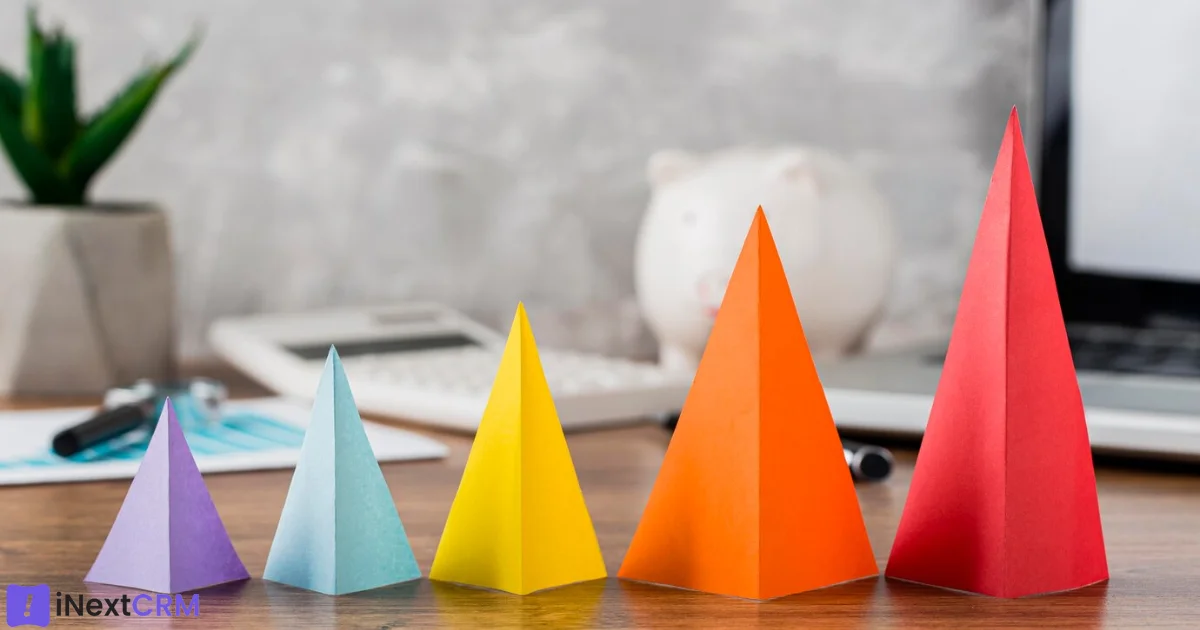
A sales funnel is like a road map of your customer’s journey. It’s essentially every step a potential customer takes on their path to becoming a loyal client. In the context of an agency like yours, it’s how you present yourself to potential buyers and website visitors before they become paying clients.
One of the best features of a sales funnel, particularly when facilitated by a powerful tool like iNextCRM, is its flexibility. You can easily customize and optimize your product’s pricing for maximum conversion rates, revenue, and profit margins.
How to Create a Sales Funnel in Marketing?
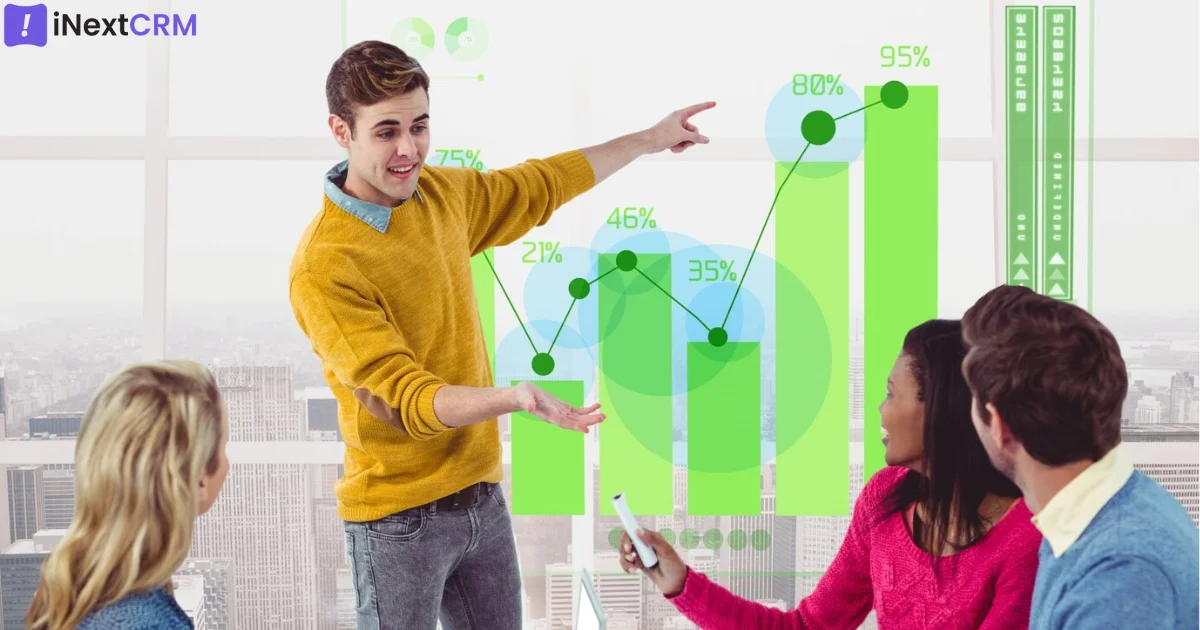
Creating a sales funnel in marketing is all about understanding your customers’ journeys and making it easy for them to decide to buy your product or service. This involves developing content marketing strategies to provide potential customers with ample information about your offerings. Educational materials can work wonders in promoting your agency effectively.
It’s crucial to pay attention to specific strategies for selling your product or service and provide clear guidance for conversion rate optimization. By meticulously monitoring all stages of the sales funnel and relevant metrics, you can continuously improve conversion rates, enhance the customer experience, and build highly effective sales funnels.
Why Do You Need to Be Clear on How Your Sales Funnel Works?
The sales funnel serves as a map of your customer’s journey, and a clear understanding of it can lead to everyone who encounters your brand eventually making a purchase. This means that, ideally, every potential customer should become a paying client.
Your funnel is, in essence, an integrated marketing plan composed of various phases (emails, landing pages, and more) that create a smooth path for prospective clients to follow. By the time they reach the “sales decision” stage, they should possess all the information they need to make an informed choice. Your role at this point is primarily to answer final questions and facilitate their order.
Using a sales funnel also yields valuable data on what strategies work in generating leads and what doesn’t. This insight enables you to continually optimize your value ladder sales funnel to increase conversion rates, generate new leads, and maximize your earnings.
Stages of the Sales Funnel
Understanding the buyer’s journey is paramount in creating a successful sales funnel. The buyer’s journey encompasses the steps a potential customer takes before making a purchase. Mapping out this journey helps design a sales funnel that covers each stage, guiding the buyer toward making a purchase. Commonly, the stages of the sales funnel include:
- Awareness: Attract potential customers to your agency through social media and other channels, directing them to your website.
- Interest: Exchange valuable offers, such as free resources or enticing products/services, for contact information, thereby capturing leads.
- Decision: Educate prospects on the value of your offerings and why they should choose your agency.
- Action: Seal the deal by offering irresistible incentives, like significant discounts or freebies.
- Re-Engagement: Continuously engage and re-engage leads to foster repeat purchases and client loyalty.
How to Build a Sales Funnel
Analyze How Prospects Interact with Your Content: Leverage data analytics tools to gain insights into how prospects engage with your content. Understand whether they watched your entire video or sought more information about your brand.
Create a Lead Magnet: A lead magnet is a valuable free offer that entices website visitors to provide their contact information. Identify your clients’ pain points, create relevant content, and offer an appealing lead magnet (eBooks, checklists, whitepapers, templates, etc.). Segment your leads to personalize their experience.
Craft an Effective Landing Page: Design landing pages that convert potential customers into paying clients. Ensure these pages are uncluttered and focus on a single call-to-action (CTA). This is where you begin demonstrating your agency’s value.
Initiate an Email Campaign: Utilize email marketing to nurture and generate leads. Design personalized, relevant email campaigns based on customer profiles and behaviors. Gradually educate leads about your core offerings and why making a purchase benefits them.
Stay in Touch: Maintain a connection with your customers. Express appreciation for their support, involve them in your agency’s journey, and seek their input on new products or services. Additionally, focus on retargeting strategies to keep your agency top of mind.
CRM Software for Efficient Funnel Management: Consider leveraging CRM software, such as iNextCRM, to streamline lead management, grow your customer base, and boost sales. It helps you track leads through each stage of the sales process, automates lead nurturing, and keeps you organized.
Optimizing Your Sales Funnel
Evaluate Success: Track key metrics like traffic, conversion rates, and customer lifetime value for each funnel level. Use these KPIs to make data-driven decisions and identify areas for improvement.
A/B Testing: Compare the performance of different versions of pages or funnel elements to determine the ideal messaging, design, or layout for each stage. This can significantly enhance conversion rates.
Continuous Improvement: Regularly update your funnel based on customer data and feedback. This may involve adjusting messaging, optimizing landing pages, or revising lead generation and nurturing strategies.
Mistakes to Avoid: Common pitfalls that can hinder your sales funnel’s success include failing to categorize leads correctly, overloading a single funnel, and neglecting post-sale follow-up. Avoid these errors from the outset for optimal results.
Managing Your Sales Funnel Daily
Consider using CRM software like iNextCRM to help you stay on top of your leads and prevent missed opportunities. It can automate sales processes, track lead activities, provide performance insights, and improve your overall efficiency.
Conclusion
In today’s competitive digital marketing landscape, a well-designed sales funnel, powered by a robust CRM solution like iNextCRM, is essential for agency success. It streamlines your sales process, enhances lead quality, boosts conversions and revenue, and provides valuable data for continuous optimization.
Remember, creating and optimizing a sales funnel takes time and effort, but the investment is well worth it. It can benefit both your agency and your clients, generating consistent revenue, nurturing long-term client relationships, and setting you apart from the competition.
For CRM Solution or Business Automation Service, feel free to reach us at biz@inextcrm.com or call/WhatsApp at +91-7506506672.
Invest in building your sales funnel today and start reaping the rewards. Your agency’s growth and success depend on it.
